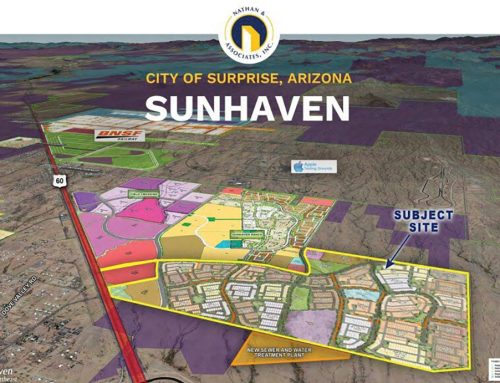By Erick O’Donnell
We already warned Arizonans back in October about looming price increases for both renewable and conventional energy sources. It’s starting to look as though we might have understated our case.
World events are conspiring to further intensify the economic pressures bearing down on energy consumers, not just through higher oil and natural gas prices but also through rising costs for solar system components. The victims will include not just those who are stubbornly wedded to fossil fuels, but also the people who are forward-thinking enough to contemplate making the green transition but aren’t fast enough to commit in time to secure today’s still low prices.
Now more than ever, it is crucial that homeowners go solar right away to lock in predictable low prices and big lifetime savings. Those financial benefits are still available, but they are poised to be eroded both by inflation itself, which is raising the cost of the panels, and by the government’s ongoing fight against inflation, which will raise the cost of financing a home solar system. Meanwhile, the alternative to going solar, sticking with fossil fuels, isn’t looking much better as war and sanctions halt the flow of natural gas and oil to the world energy market.
Energy consumers should not expect to see imminent relief from high prices at the pump or on their monthly utility bills. International sanctions on Russia for its recent invasion of Ukraine have already blown up the numbers on gas station marquees, and the consequences are not likely to stop there.
“Affordability is already deteriorating, and security and reliability are faltering,” Ryan Severino, chief economist at investment firm Jones Lang Lasalle, told “The Atlantic.” “In the short run, this means consumers will simply pay higher prices for whatever energy they can obtain for their immediate needs.”
If Arizona homeowners want to seek shelter under solar panels, they need to move fast because prices are projected to continue the trend of steady increases that began with the pandemic in 2020.
“[Our] analysis indicates that module costs will continue to climb to their highest levels yet in [the third quarter of] 2022 due to rising costs for module inputs such as polysilicon, silver, aluminum, and copper,” wrote energy economist Shenying Wu in the March edition of Rystad Energy’s Supply Chain Newsletter. “The spikes in the cost of energy and shipping are also pushing up end prices.” Prices could even threaten the nation’s solar energy rollout this year as some homeowners cancel installations in the face of swelling project costs, according to an earlier Rystad Energy report.
“Panel prices are still low enough for homeowners to realize significant savings and profits,” says Michael O’Donnell, a partner and the head of sales at Arizona installation firm SunSolar Solutions. “But with price pressures looming on the horizon, the financial benefits could start shrinking at any moment.”
Recent economic turbulence only adds to the usual reasons for making the switch sooner rather than later. Beginning in September, APS will reduce how much it pays new system owners for the surplus energy they export to the grid, just as it does every year. And the federal government’s tax credit for home solar systems is scheduled to drop from 26 percent of the system cost to 22 percent at the start of next year. Since it takes three months to get a system up and running, new customers will have to commit by October if they want to maximize their tax savings.
The question is not whether energy costs will rise. They will rise, whether you are on board with the Green New Deal or think climate change is bunk. The question is whether you’re prepared to thrive in the coming world of economic and geopolitical turbulence. If you’re ready to secure energy independence and security for your family, then contact SunSolar Solutions today at 623-562-9009 to have a design prepared for your home free of charge.




